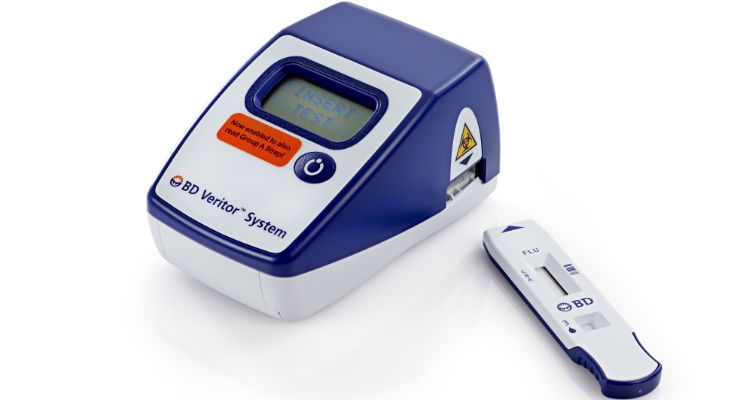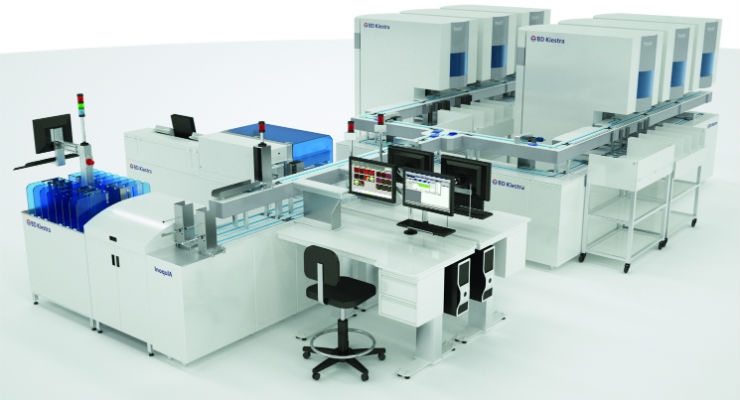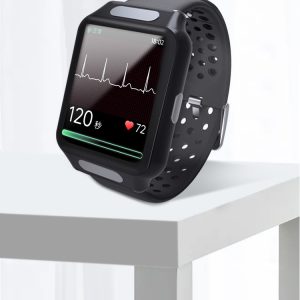For a very long time, the surgical biopsy—a sample of tissue taken from the body for examination—has been the diagnostic standard. Biopsies are most commonly done to look for cancer after tissue abnormalities are discovered—for example, if an ultrasound or MRI reveals a lump or mass, or a mole on the skin has changed shape. Nearly all of these involve using a sharp tool to remove the tissue in question. They can be CT-guided to minimize discomfort, but are always invasive to some degree.
As a result of medicine’s push toward minimally invasive procedures, an alternative, far less painful biopsy method has emerged. Liquid biopsy enables doctors to discover a wealth of information about a tumor through a blood sample (i.e., liquid), rather than a surgical procedure. Fragments of DNA deposited into the bloodstream by tumors have shown success in non-invasive screening for early-stage cancers, monitoring cancer treatment response, and explaining why some cancers resist therapies.





Reviews
There are no reviews yet.